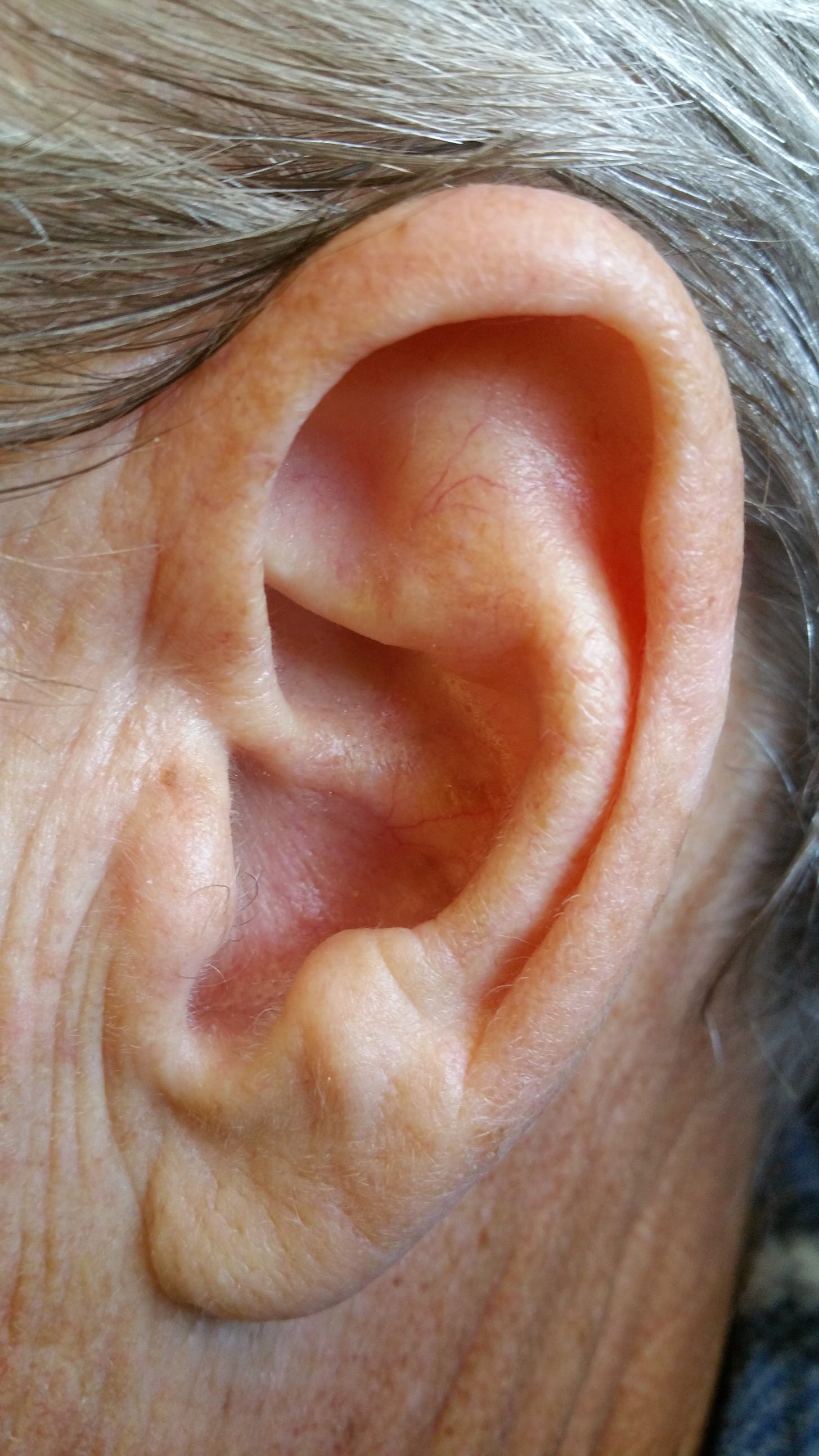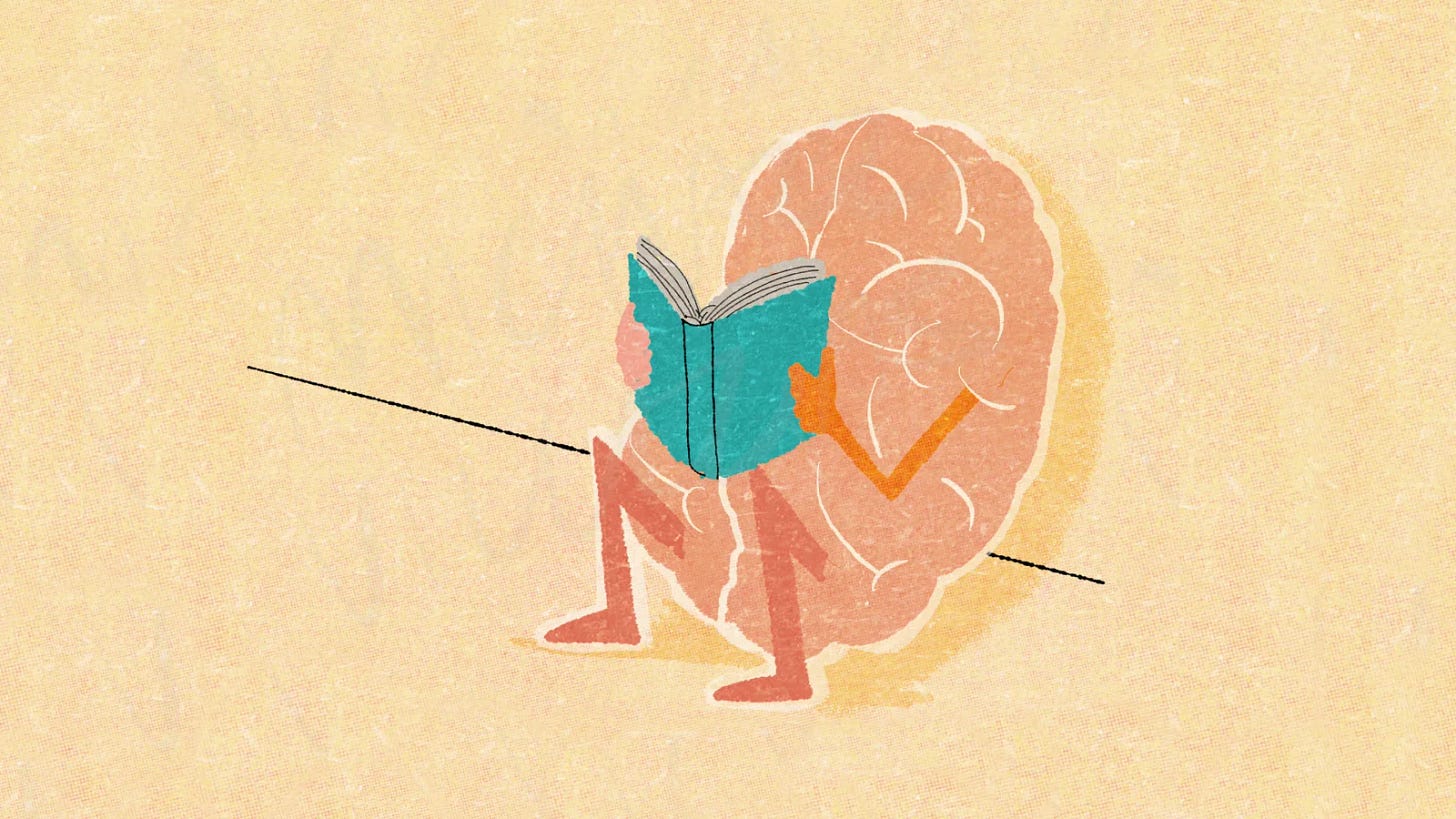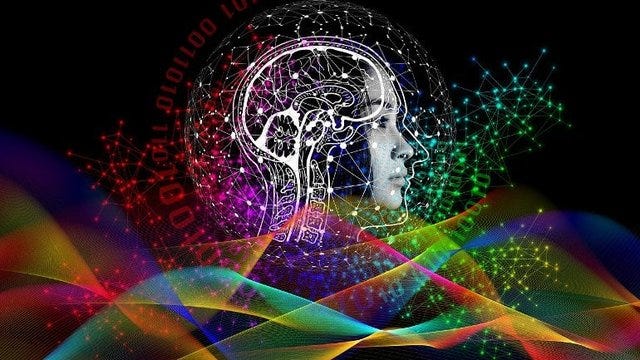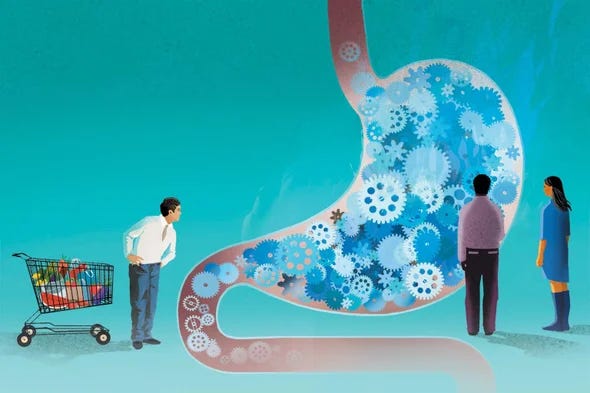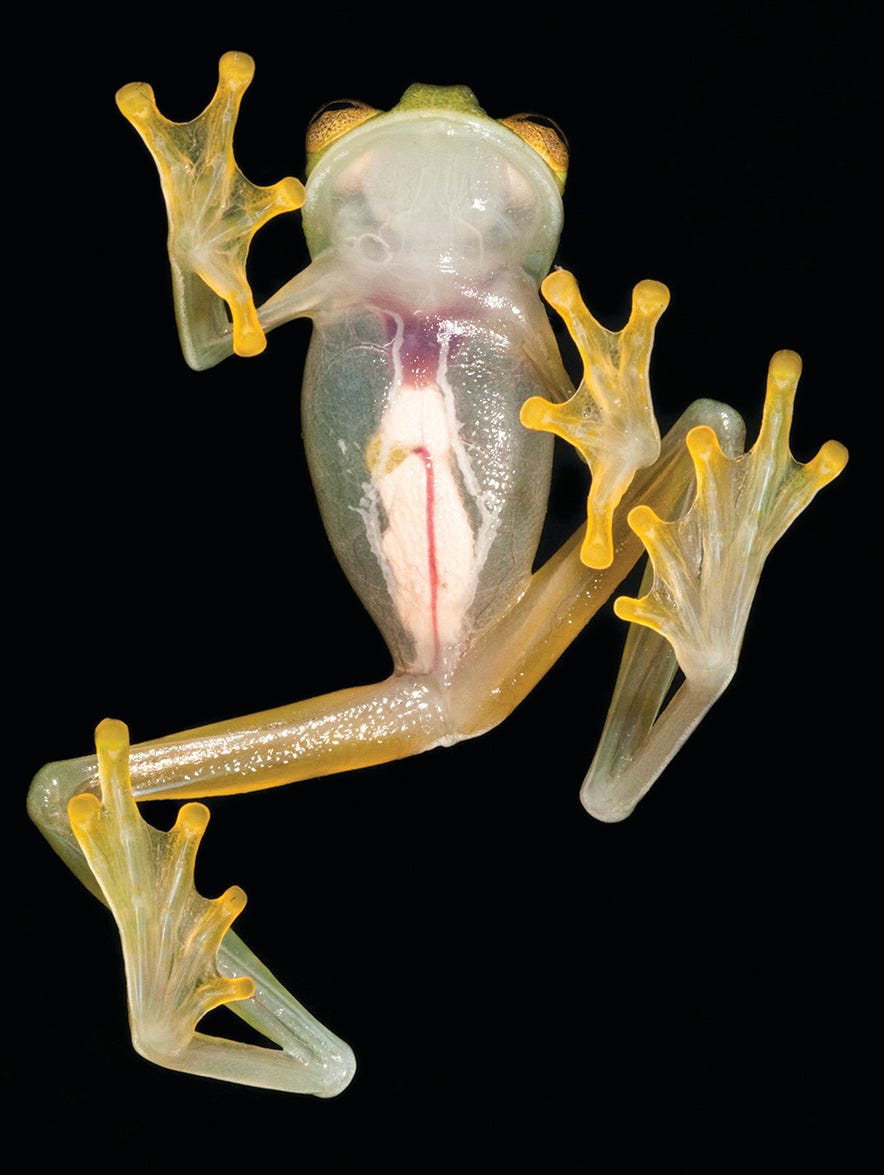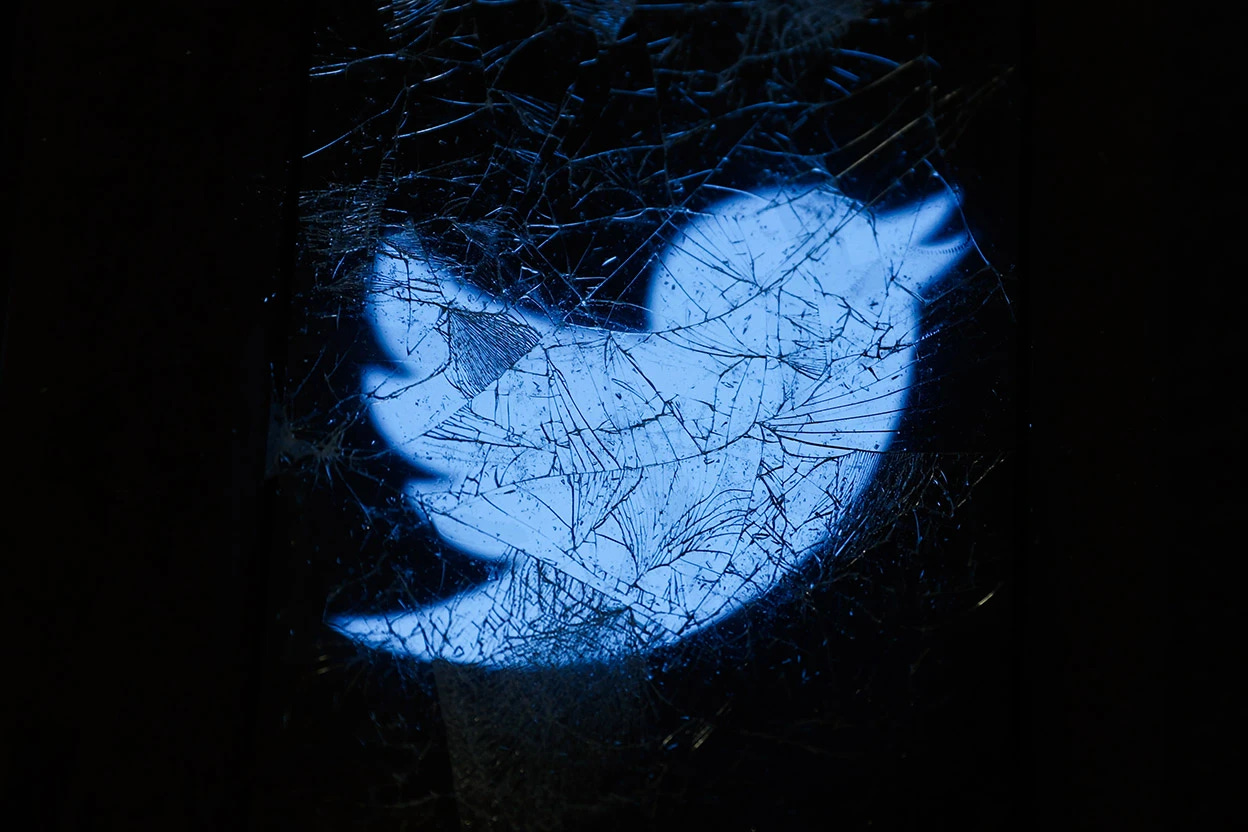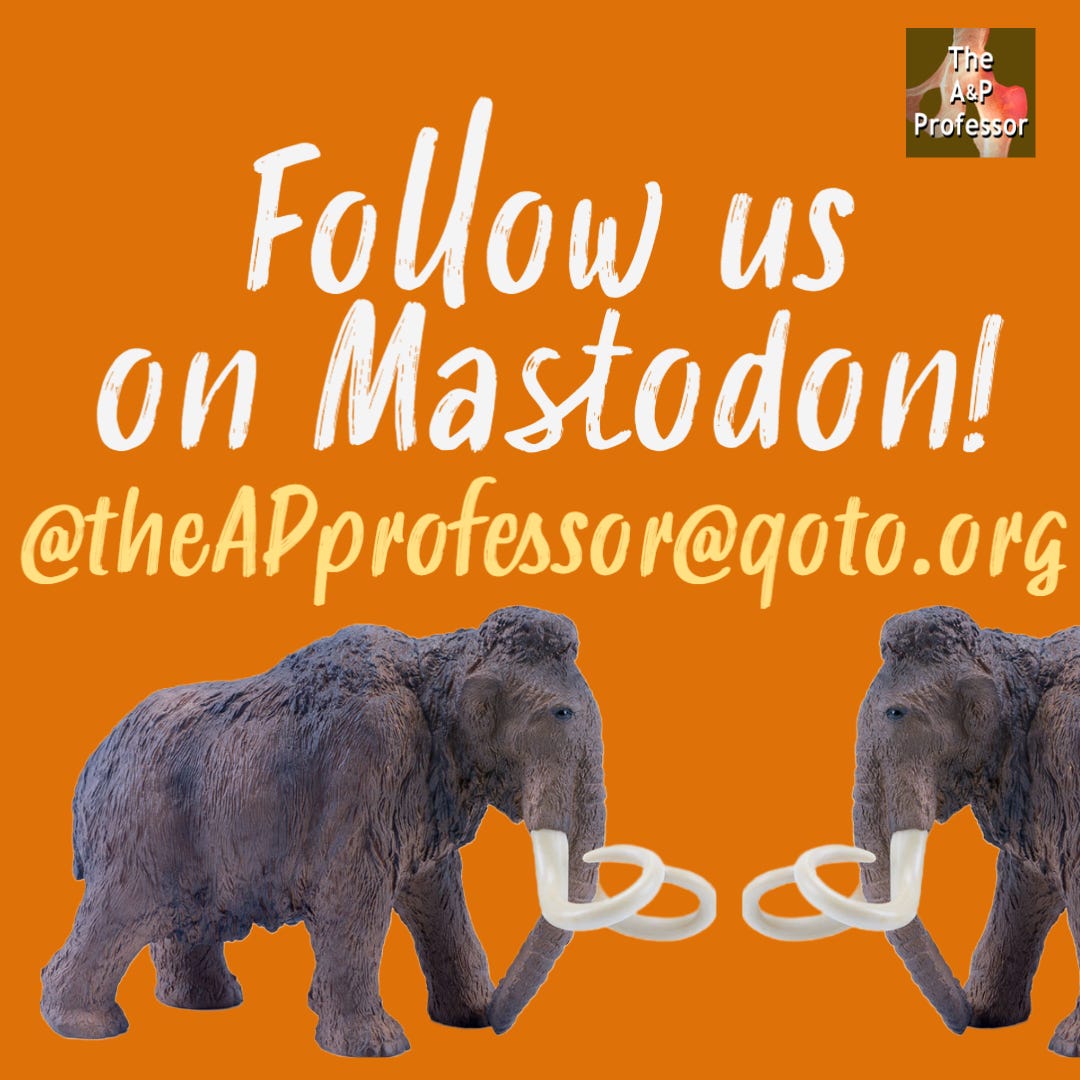Can you hear me now?
This is the second issue of Updates using the Substack platform. Like any new thing we use (like a new learning management system or new digital teaching resource), it’s kinda frustrating. But also kinda exciting.
As I learn my way around and start to make things work, I’m asking you for your help. What’s missing? What can I do differently to help you more effectively? What am I doing that’s bothering the heck out of you? Let me know!
We Drastically Underestimate the Importance of Brain Breaks
When it comes to optimizing learning, we don’t value breaks enough, neuroscientists suggest in a new study.
Practice makes perfect. To become ambidextrous in basketball, dribble with your left hand, switch to your right, and repeat the process again and again. Likewise, to solve differential equations in math, pile them up and work your way through them diligently.
According to one popular school of thought, it’s this active, repeated manipulation of material that lays the neural foundations for skill development. All too often, time away from the basketball court—or the math books—is seen as a break in the learning process, a way to cool off, reenergize, and then return to the vital work of actual practice.
But for Leonardo Cohen, a neuroscientist at the National Institutes of Health and the senior author of a June 2021 study published in the journal Cell, the idea that breaks are a cooling-off period is a misconception.
Subcutaneous Fat Emerges as a Protector of Females’ Brains
Females’ propensity to deposit more fat in places like their hips, buttocks and the backs of their arms, so-called subcutaneous fat, is protective against brain inflammation, which can result in problems like dementia and stroke, at least until menopause, scientists report.
New Human Metabolism Research Upends Conventional Wisdom about How We Burn Calories
Metabolism studies reveal surprising insights into how we burn calories—and how cooperative food production helped Homo sapiens flourish
Here’s Our New Episode!
We're continuing on with our surprisingly popular Winter Shorts series! In episode 129, I discuss the rather surprising impact on student learning that I found when I started assigning pre-tests in my A&P course.
Click the player above to listen now. Or explore the episode page with podcast player, link, and full transcript (and more!) at
theAPprofessor.org/podcast-episode-129.html
Gene therapy restored immune system in children with rare disorder
Ten children with the rare condition Artemis-deficient severe combined immunodeficiency had their immune systems either partially or fully restored with gene-replacement therapy
A visualisation of relationships between ancestors and descendants in the genealogy of modern and ancient genomes | Wohns et al
A family tree of humanity released in 2022 shows how we're all related
It is one thing to work out your own family tree. It is another to create one for all of humanity. But biologists have made a start: in February, Gil McVean at the University of Oxford and his colleagues unveiled a family tree of humanity based on 3601 modern genomes and eight ancient genomes.
“Perhaps the most positive aspect of the response I’ve had is that many people are starting to see human genetic variation in terms of the underlying genealogy, …
The glassfrog “hides” red blood cells in its liver during sleep, thereby appearing transparent on its ventral side. | PHOTO: PETE OXFORD/MINDEN PICTURES
Lessons on transparency from the glassfrog
Transparency in glassfrogs has potential implications for human blood clotting
An obvious feature of life on Earth is that most animals and plants can be seen. This visualization is important for predation, feeding, and mating but does not apply to all animals, some of which are transparent. The origins of this phenomenon and how it has been evolutionarily selected are unclear. One such species is glassfrogs, so called because of their transparent bodies and translucent skin. These nocturnal arboreal frogs sleep during the day on green leaves. Previous work (1) found that they exhibit dynamic transparency, camouflaging themselves against the leaves where they sleep, likely to escape from predators. On page 1315 of this [Science] issue, Taboada et al. (2) report the distinct optical properties of the glassfrog Hyalinobatrachium fleischmanni and uncover the surprising physiological mechanism behind their transparency. This finding provides insights into mechanisms of camouflage but also could lead to development of new anticoagulant drugs.
Credit: NurPhoto/Getty
Twitter changed science — what happens now it’s in turmoil?
The microblogging platform has transformed research communication, but its future is in doubt.
A 2014 Nature survey found that 13% of researchers used Twitter regularly, although respondents were mostly English-speaking and there would have been self-selection bias (see Nature 512, 126–129; 2014).
Follow The A&P Professor!
You can follow me on Mastodon @theAPprofessor@qoto.org
But I’m also still on Twitter @theAPprofessor



